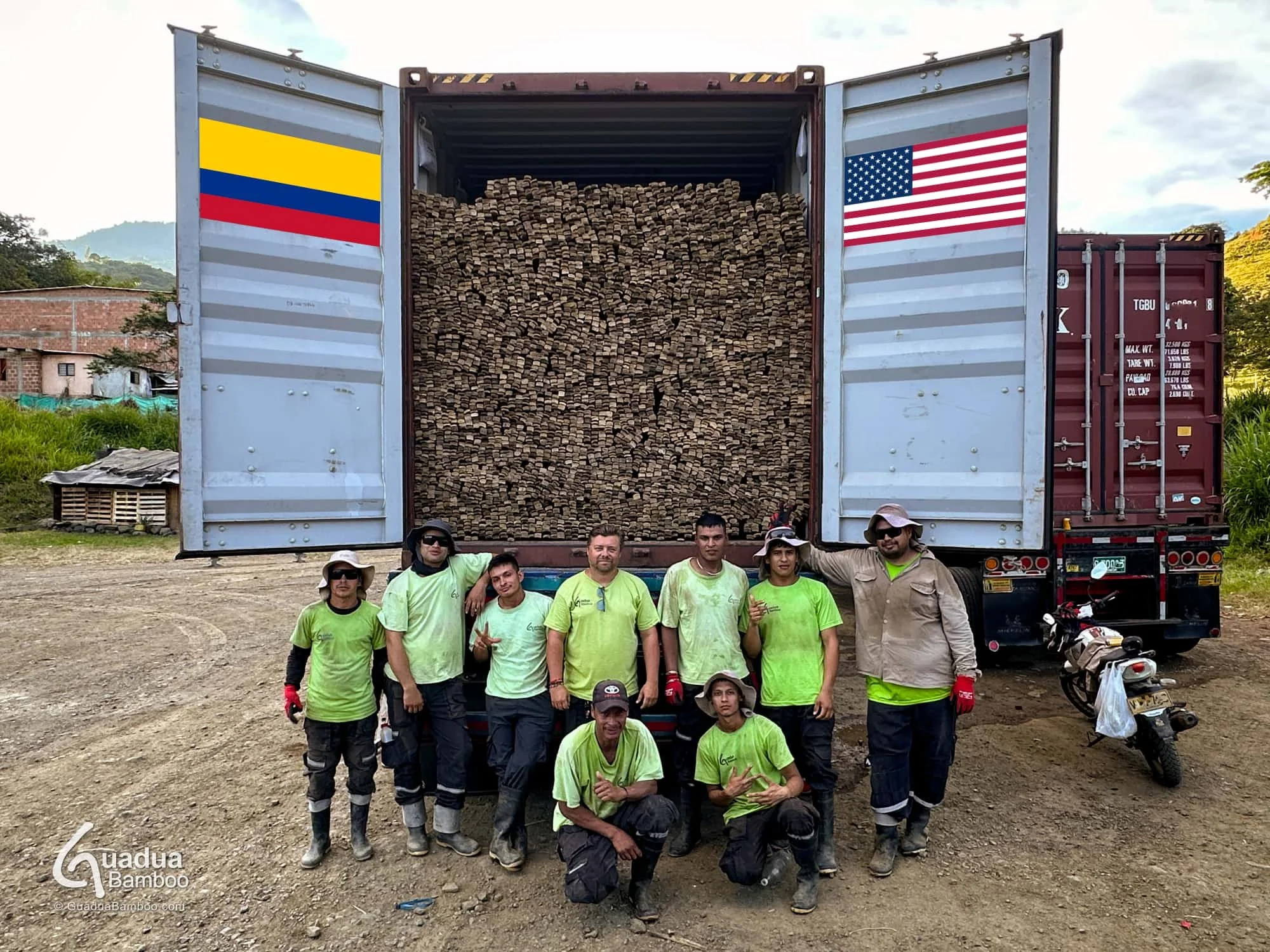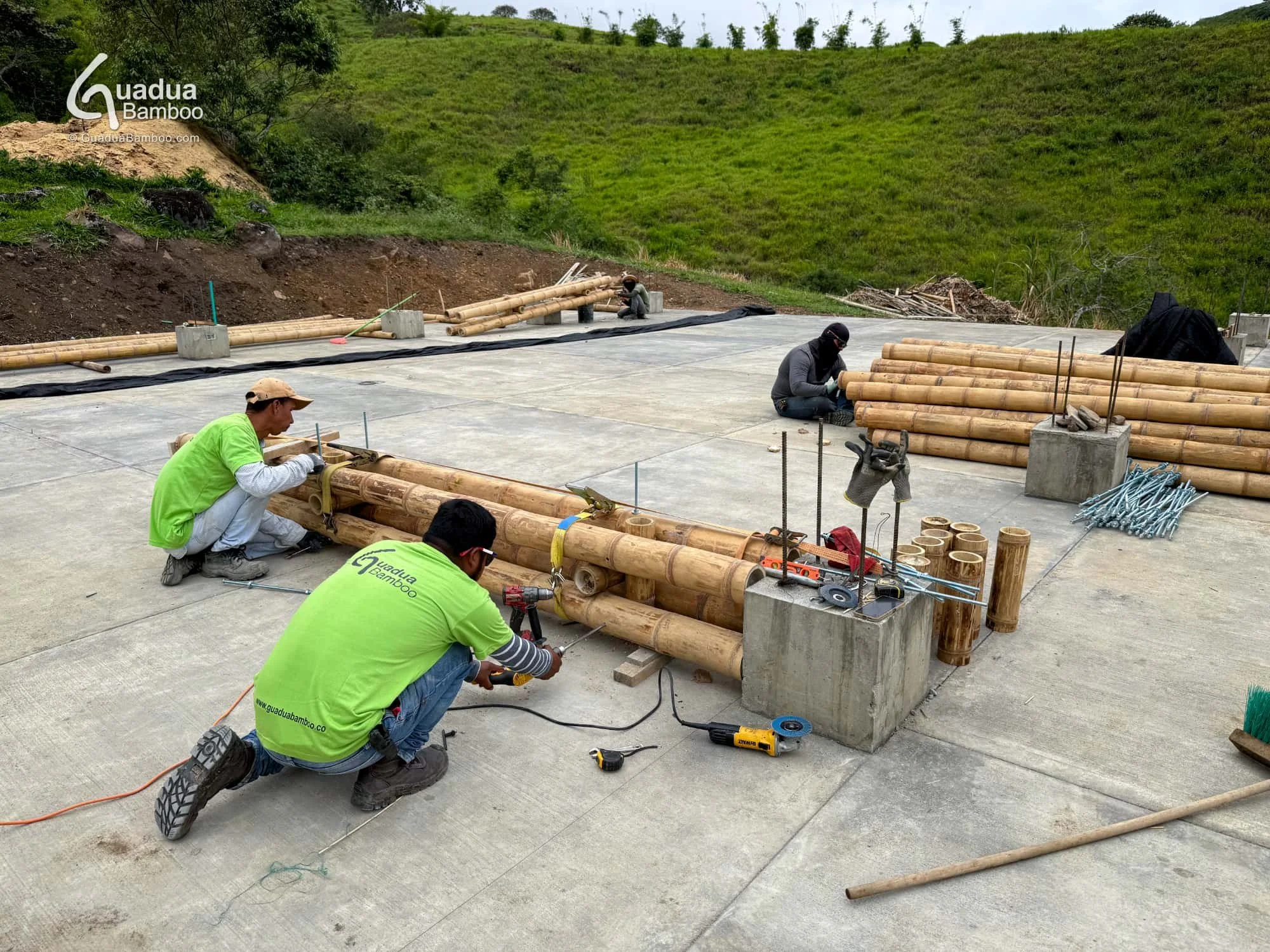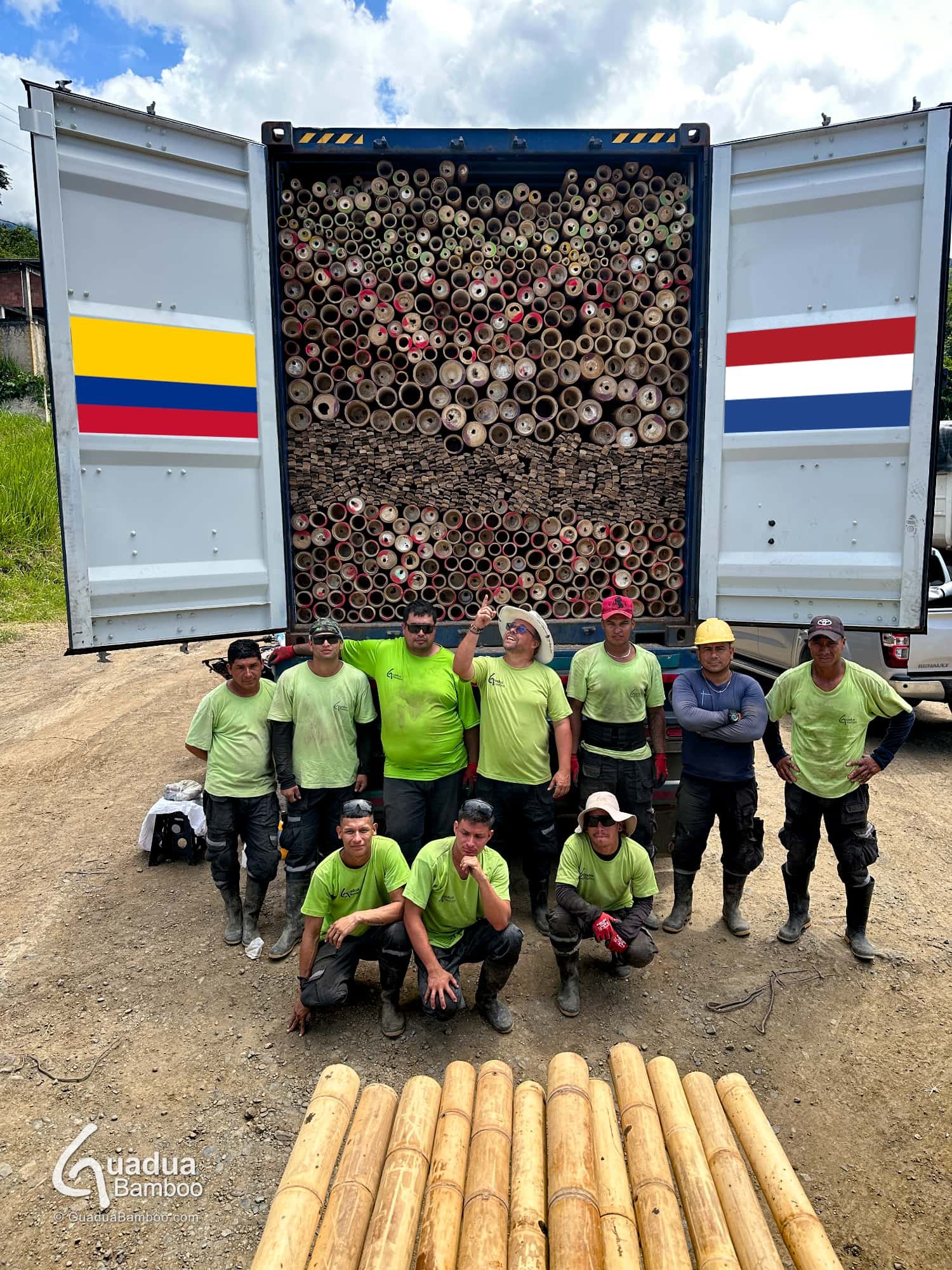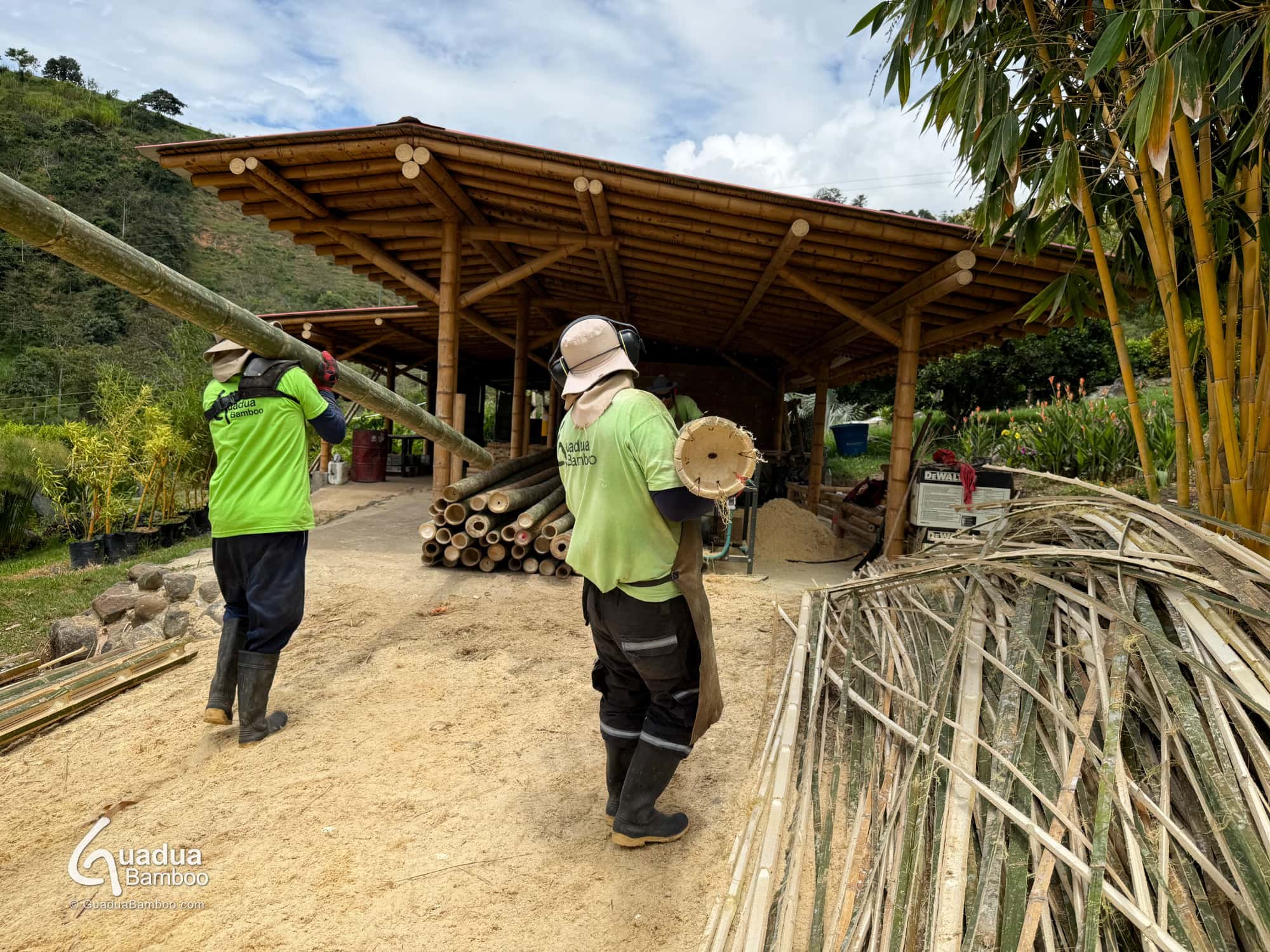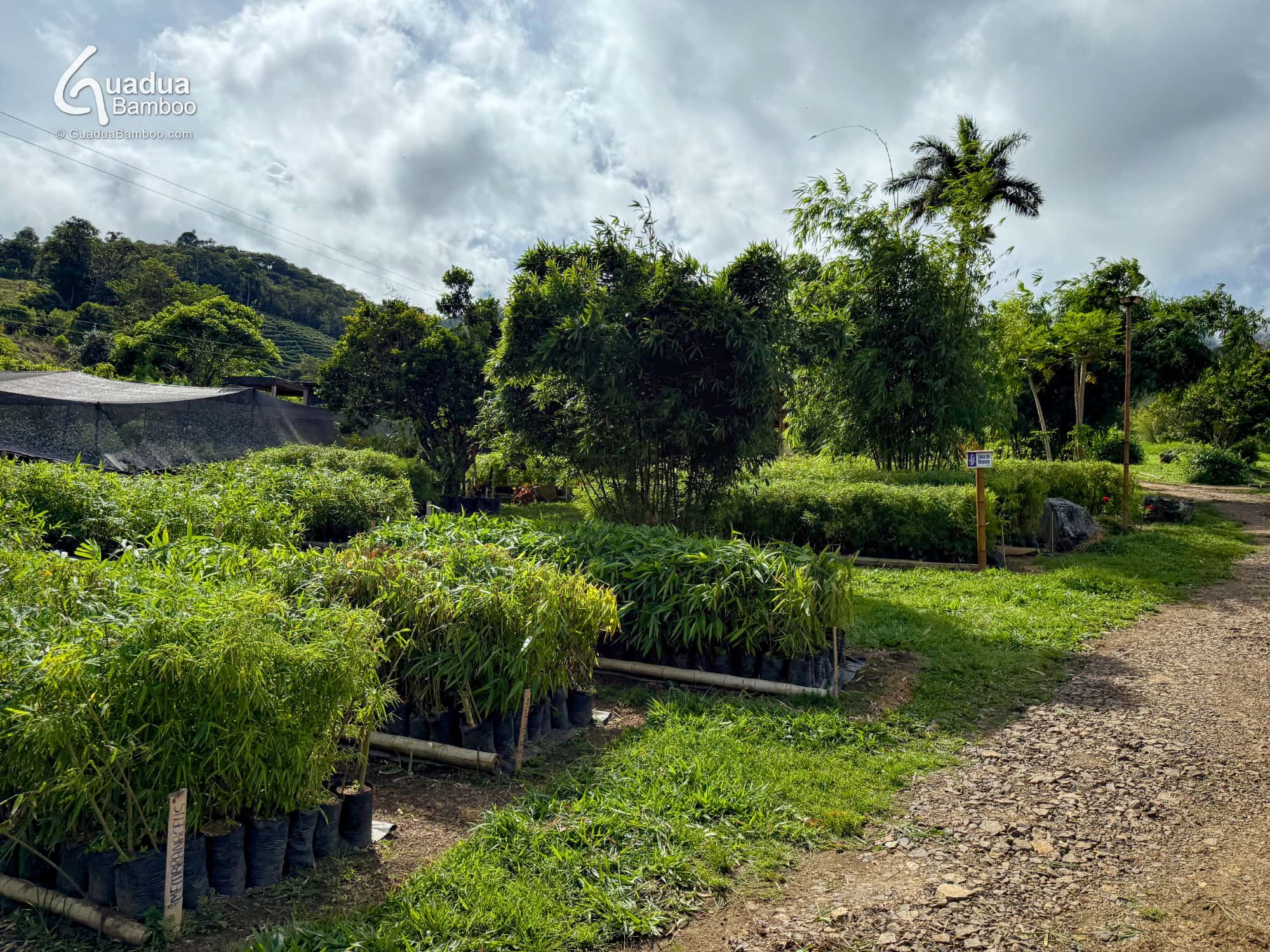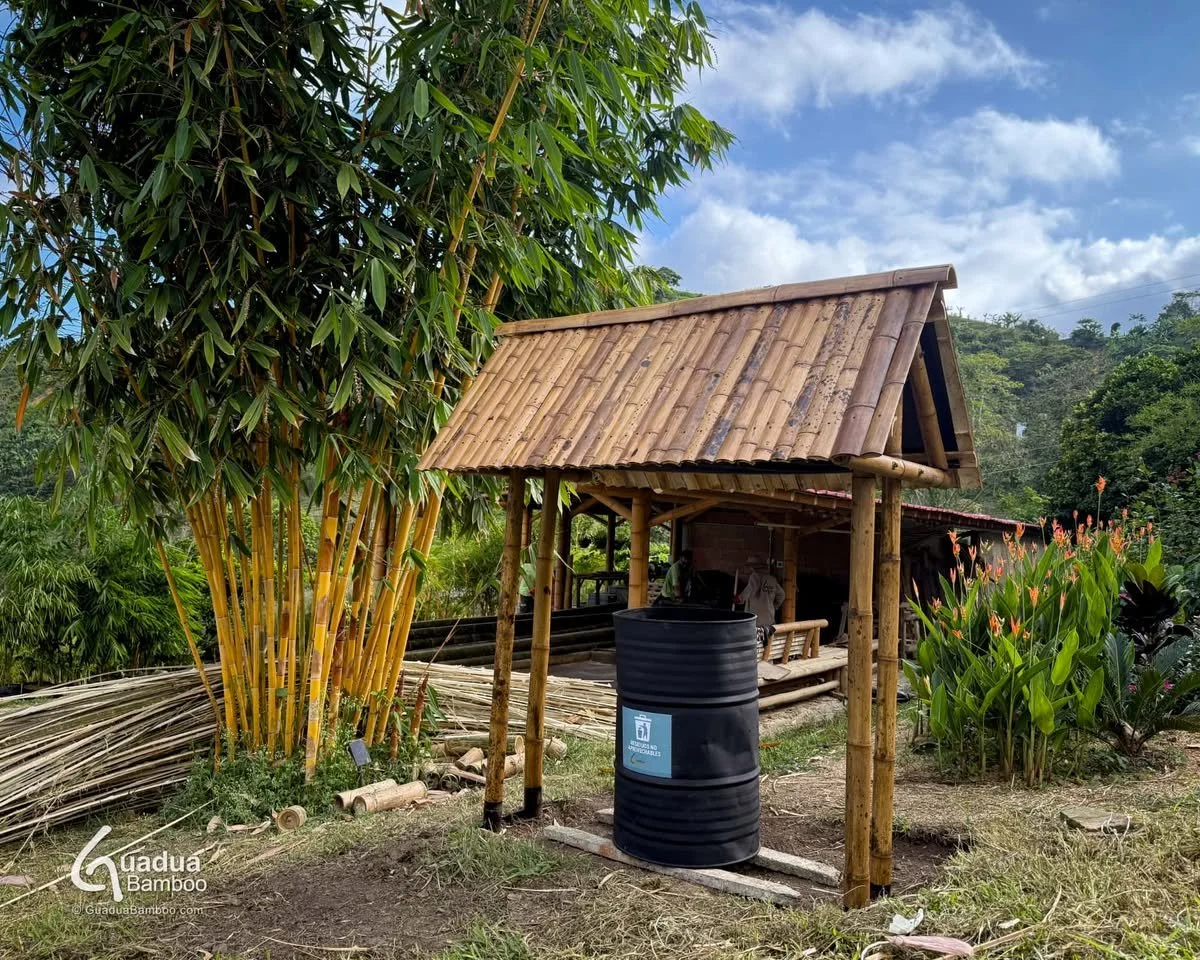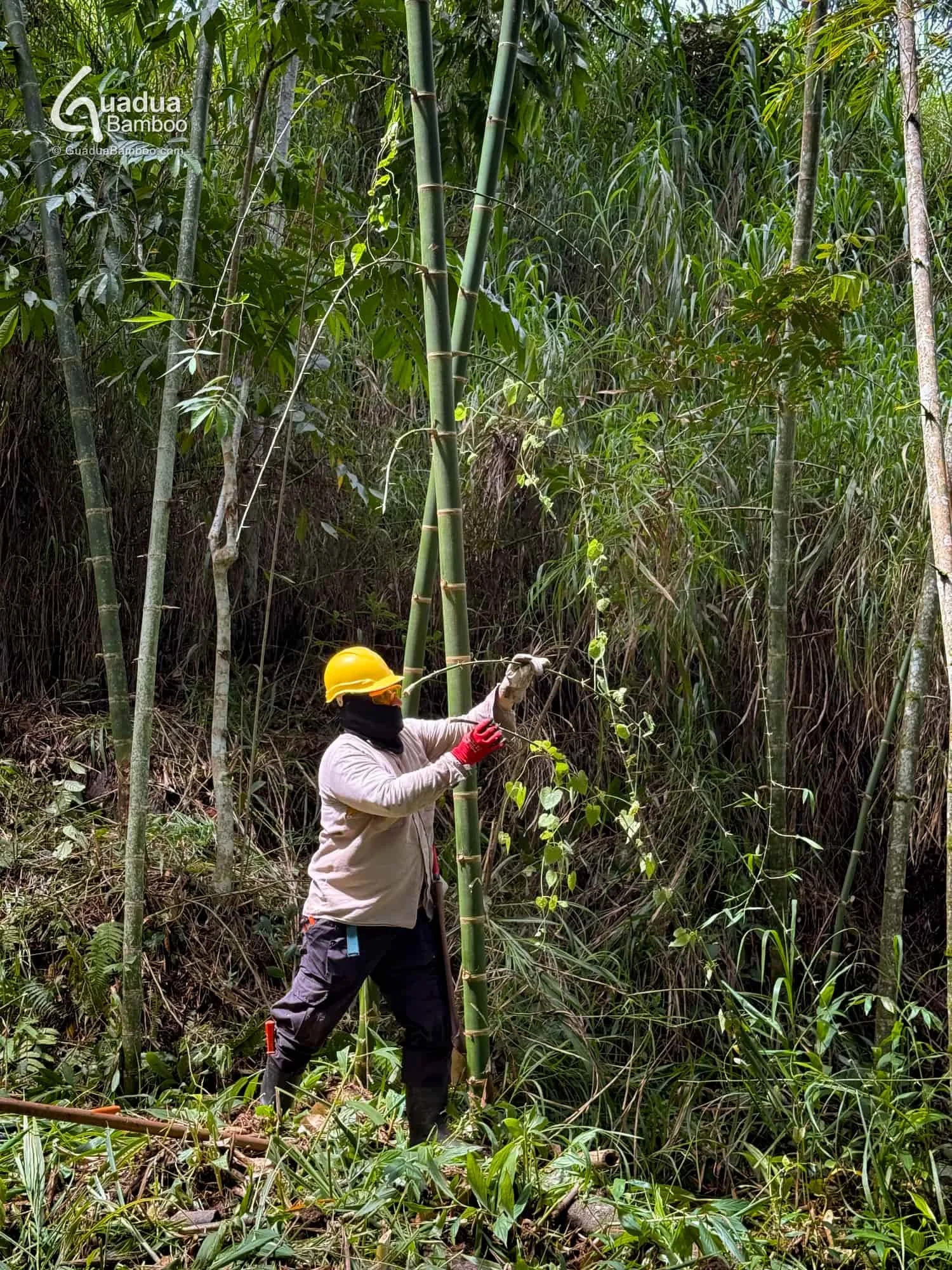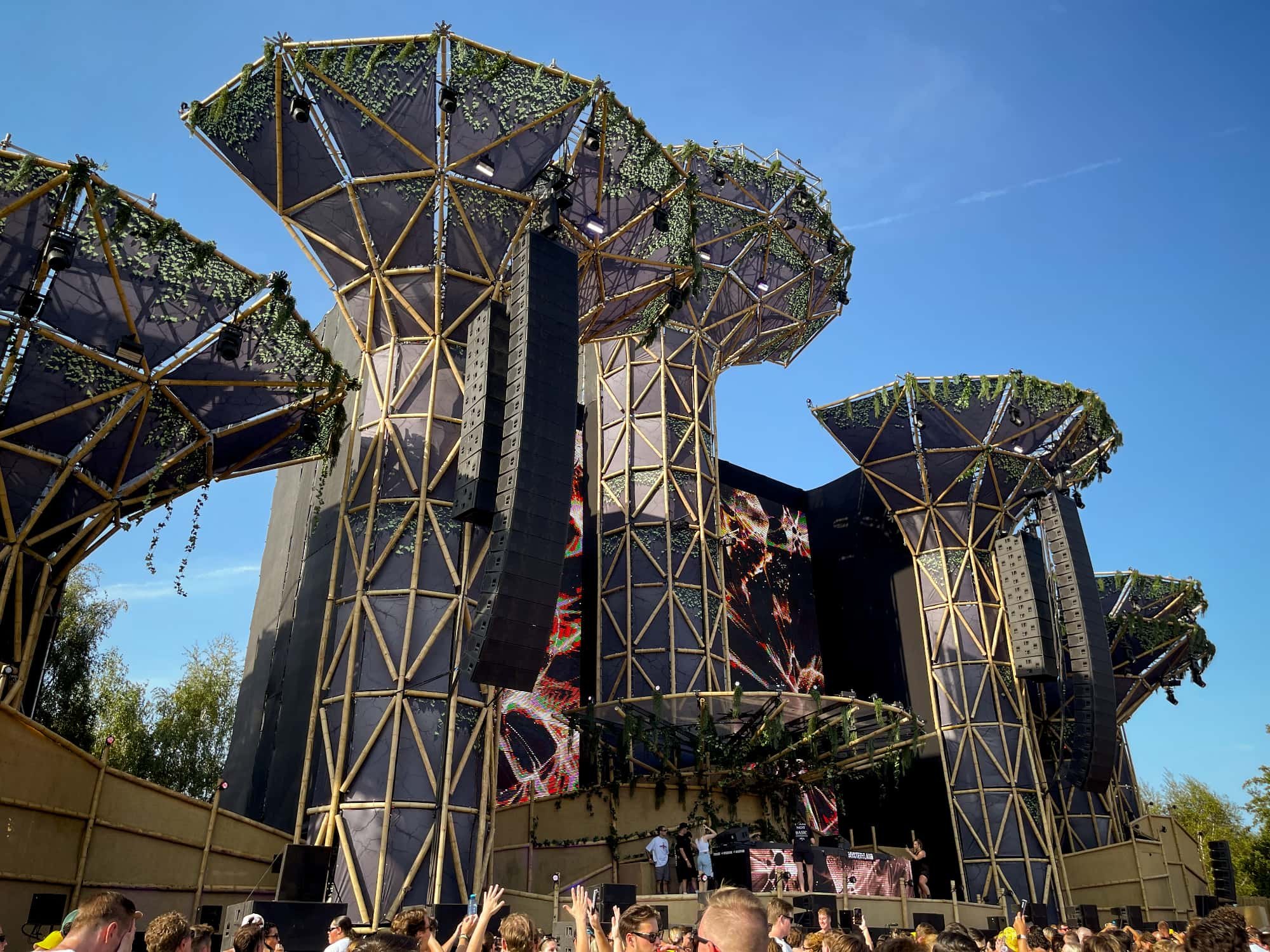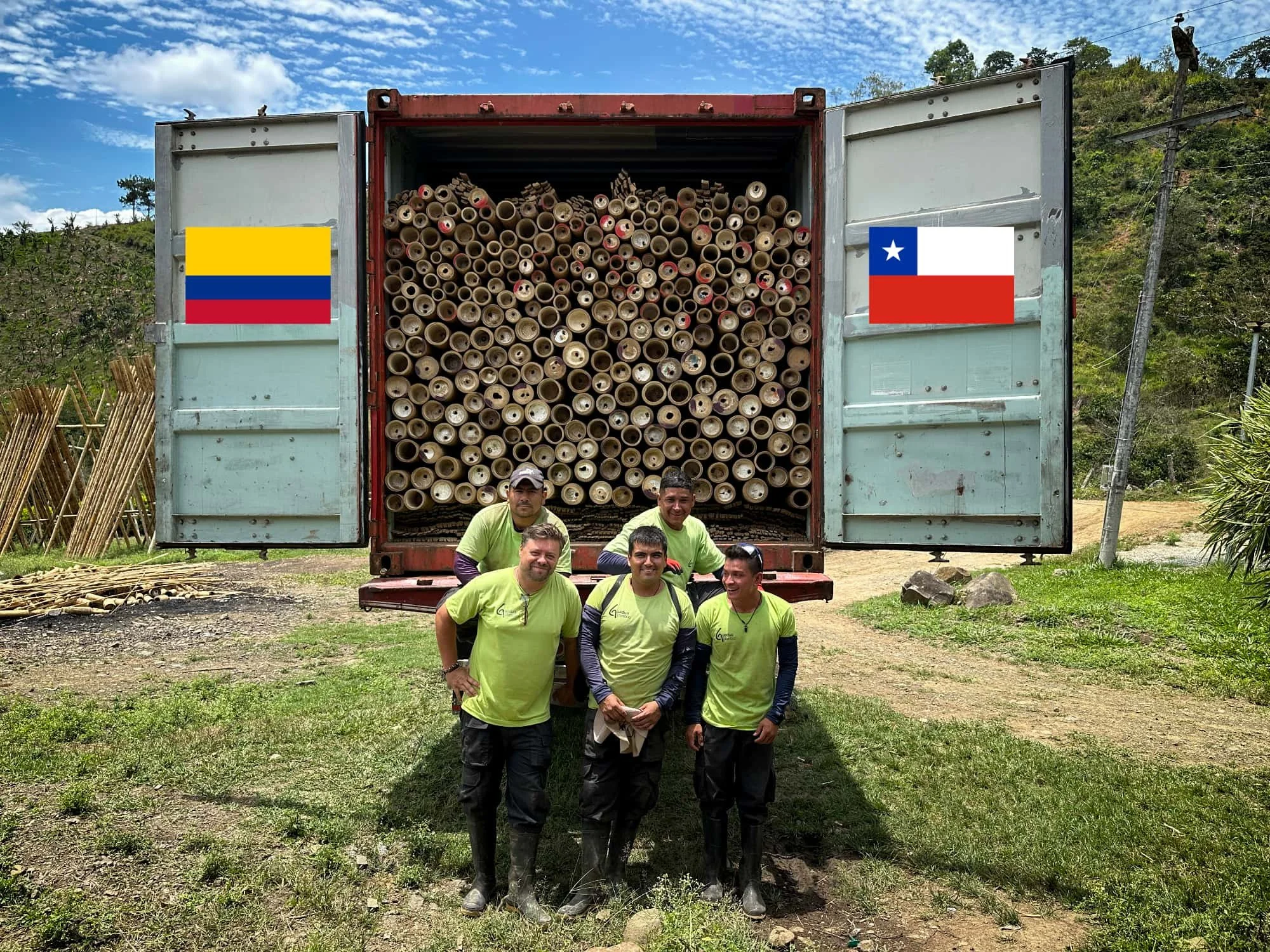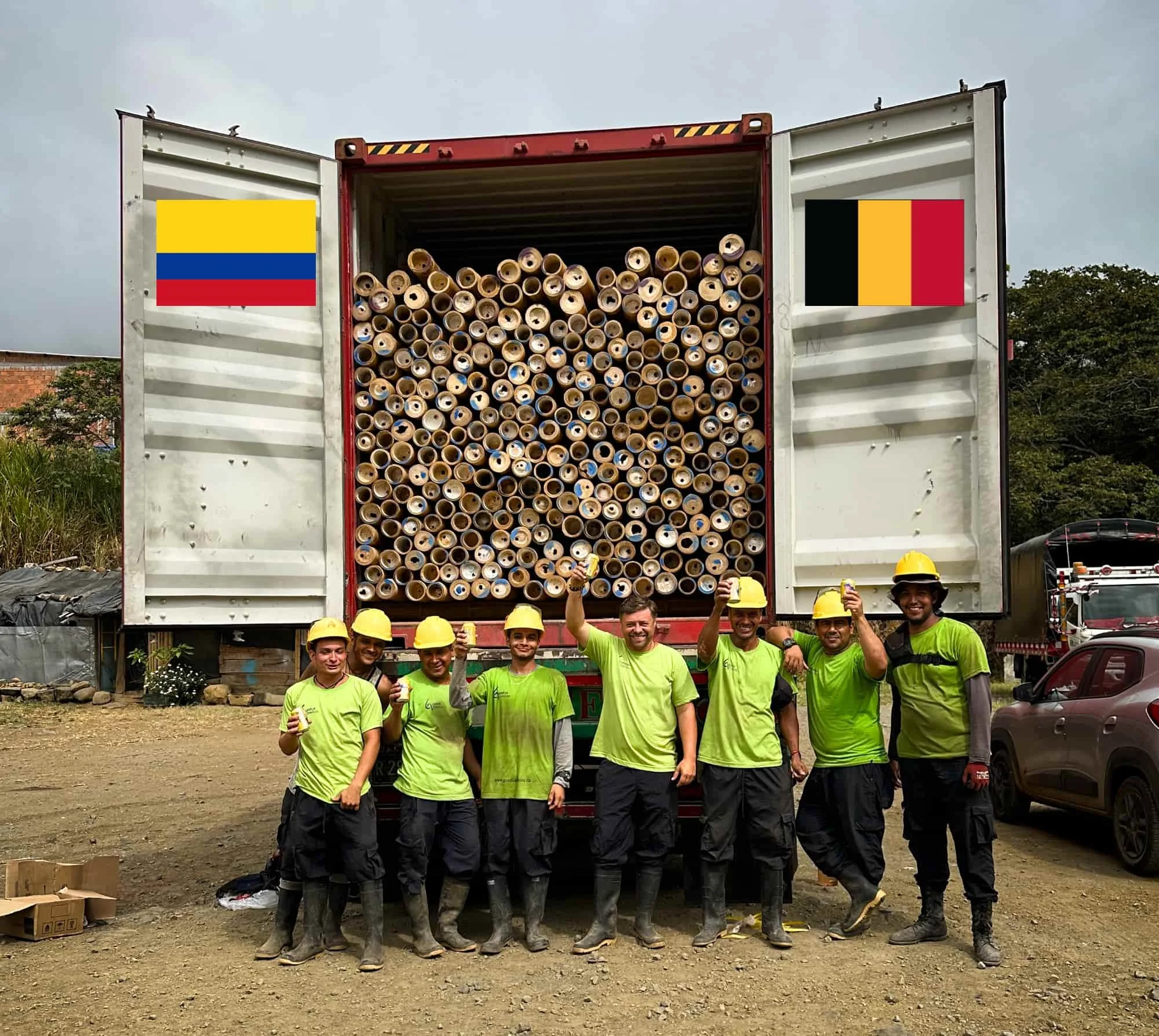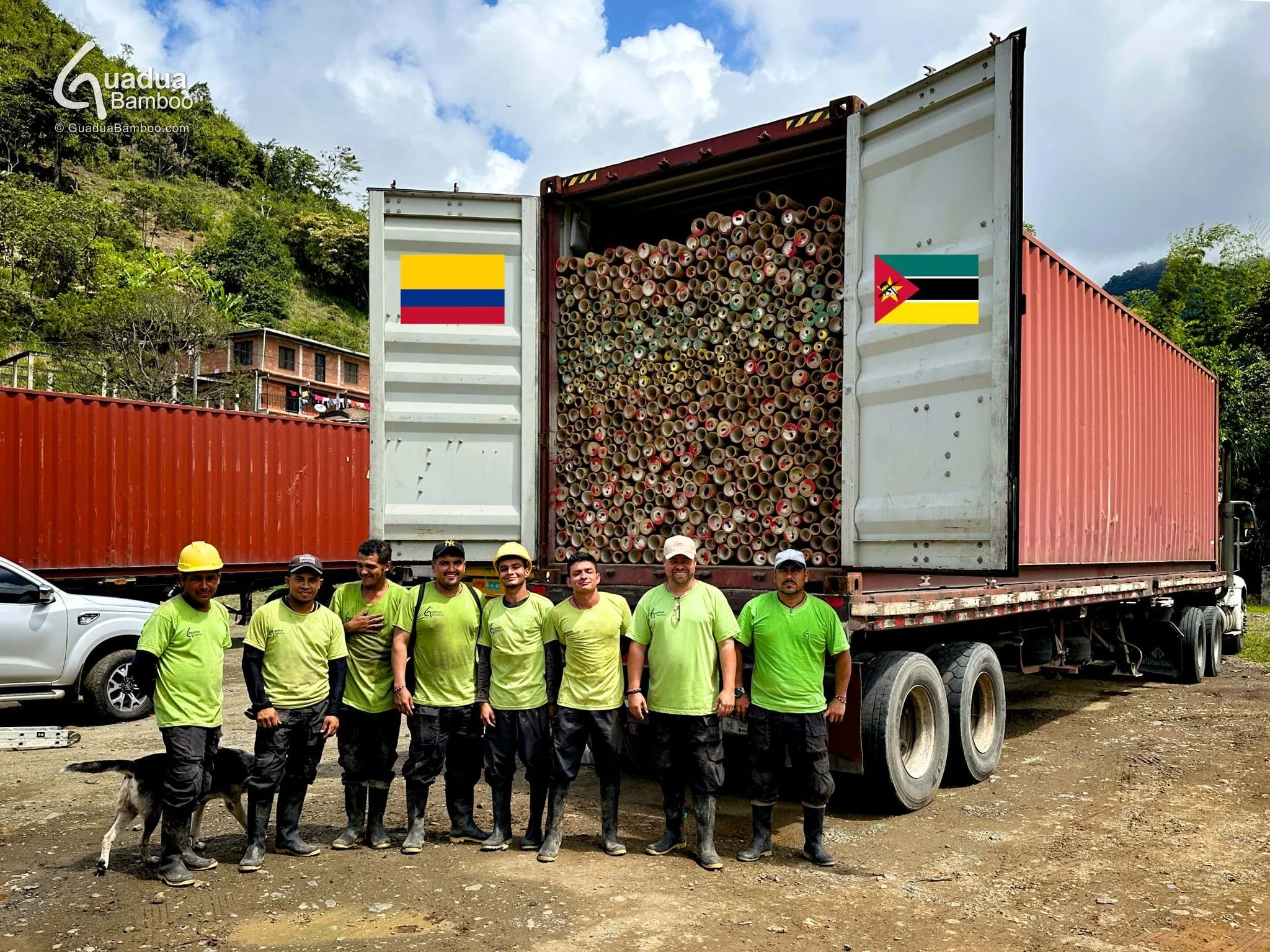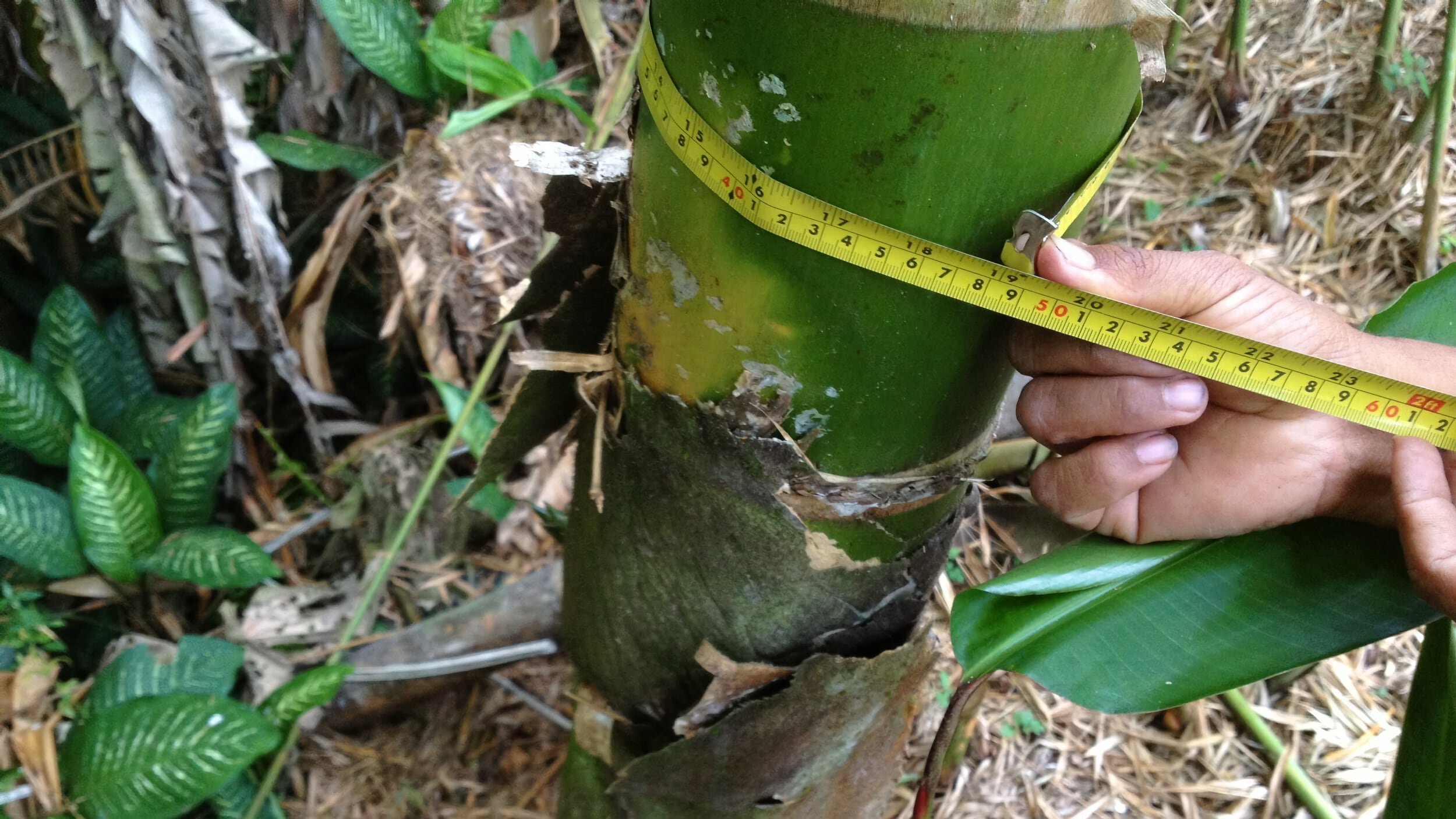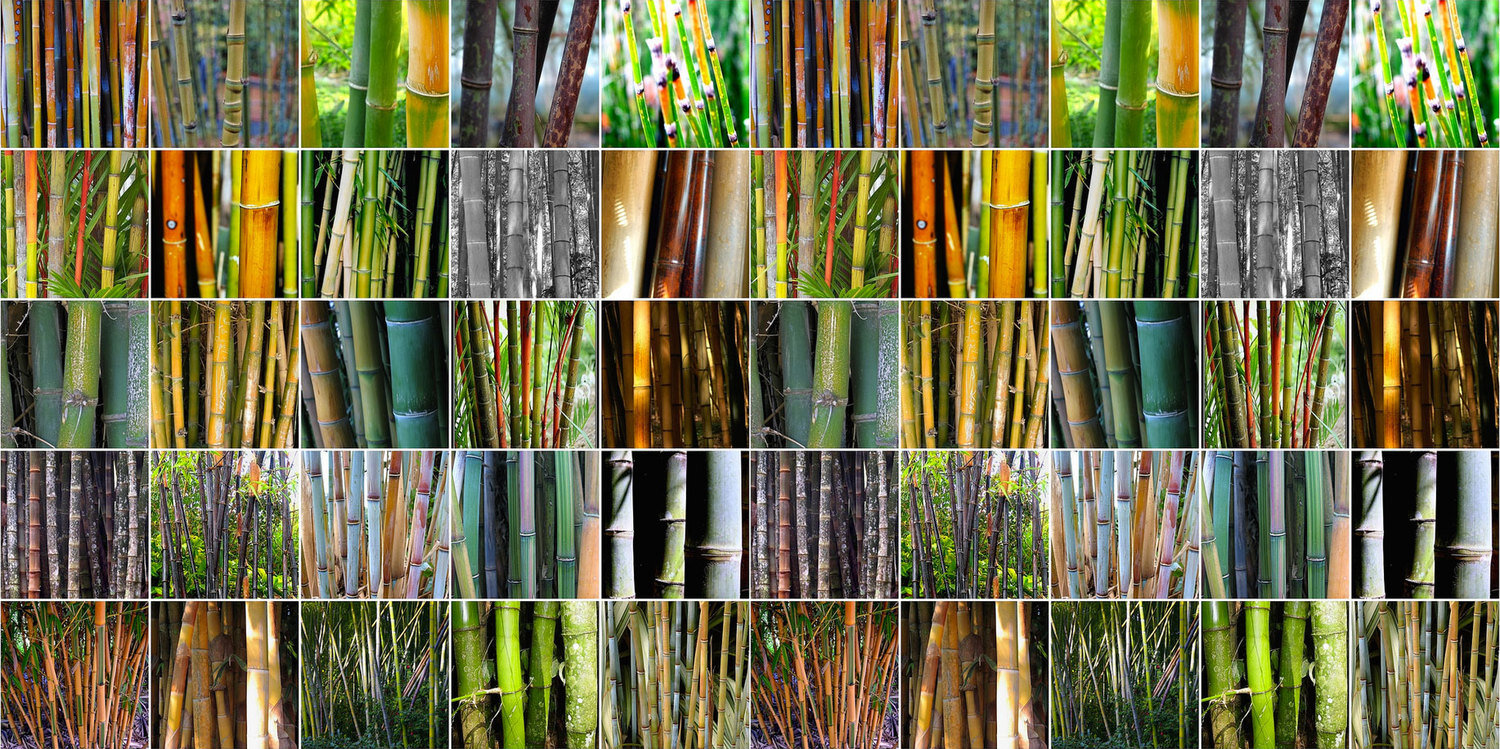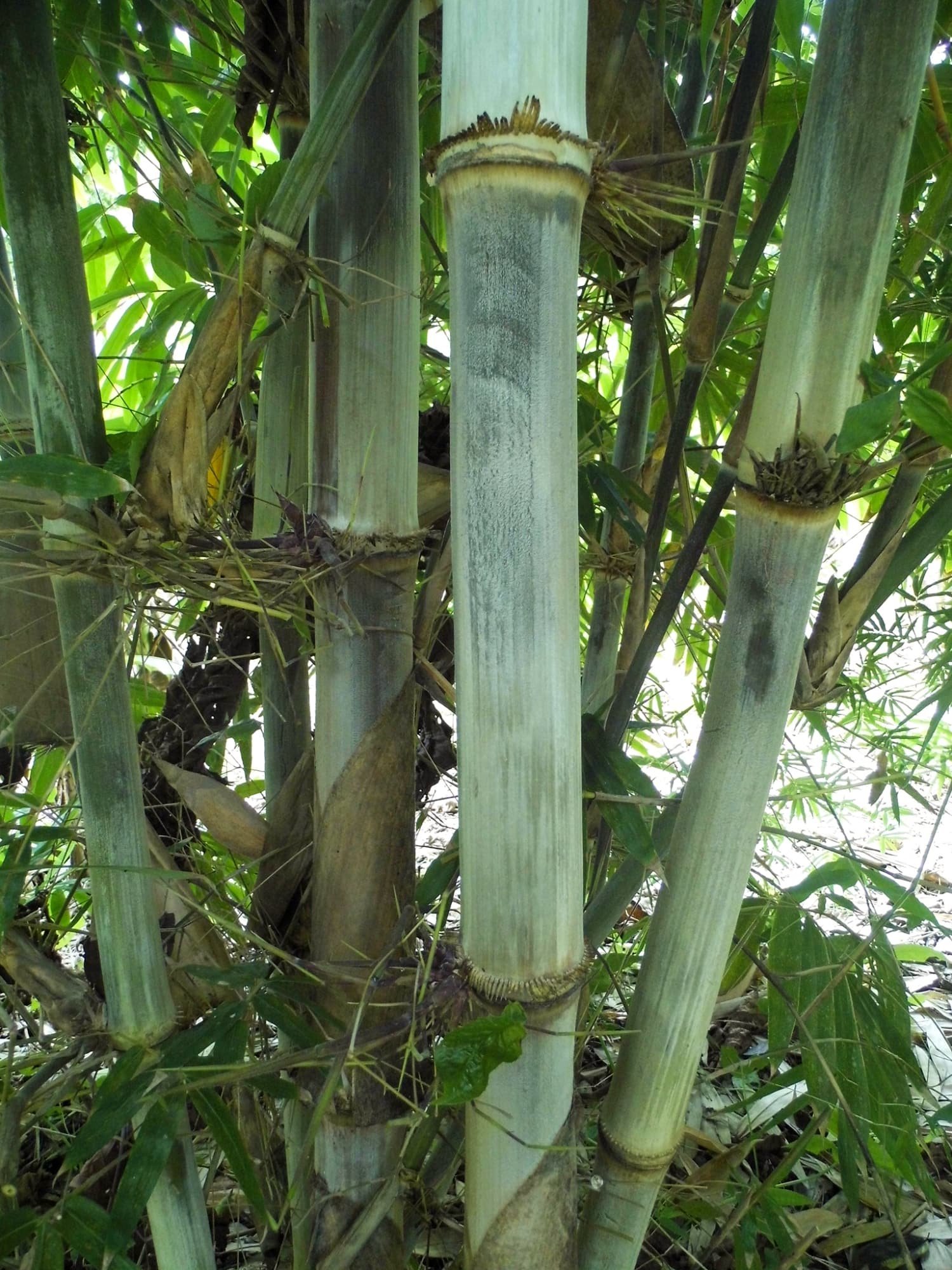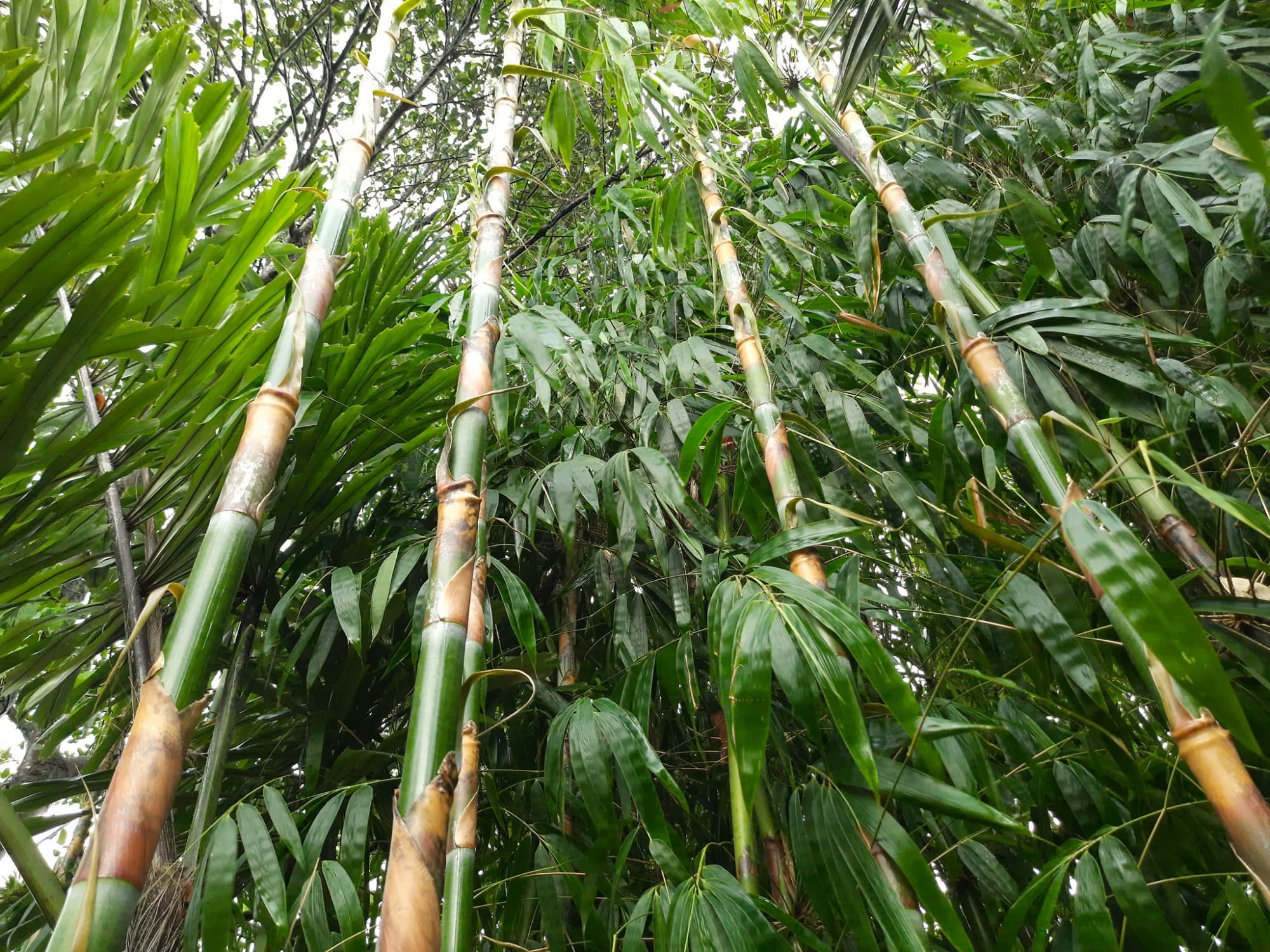Bamboo Produces more Oxygen than Trees
The popular claim that bamboo produces 35% more oxygen than trees has been circulating for years, mostly on sustainability websites and in bamboo marketing. It sounds good, but where does it really come from? In most cases, it is repeated by product promoters or eco-enthusiasts pointing to bamboo’s fast growth and carbon storage potential. And yes, bamboo is impressive in that regard, but such a precise claim deserves a closer look.
I decided to dig a little deeper into the subject and found out that the amount of oxygen produced by a tree or bamboo is directly related to the amount of sequestered carbon: plants release oxygen when they absorb CO₂ and lock carbon into their biomass. The formula for calculating the net oxygen production of trees or bamboo is the following: net O2 release (kg/yr) = net C sequestration (kg/yr) × 32/12

Moso Bamboo Forest in China
Reports state that the average tropical tree sequesters 22.6 kg of carbon per year over a period of 10 years, whereas the average Guadua Bamboo clump will sequester 77 kg of carbon a year over a period of 7 years. However, a plantation of tropical trees counts on average 600 trees per hectare, whereas the average Guadua plantation will only count 278 clumps.
If we simplify the above data by translating the numbers to tons per hectare, then Guadua sequesters on average 150 ton carbon per hectare (7 years after planting), vs tropical trees with an average of 95 ton carbon per hectare (7 years after planting).
In net oxygen production this means 400 ton for Guadua vs 253 ton for tropical trees. So, in this comparison, it can be concluded that this specific species of bamboo (Guadua angustifolia) produces 58% more oxygen than this average of tropical trees.
However, it is critical to note that these results are highly specific to the species being compared. Bamboo is not a monolith; over 1,800 species have vastly different growth rates and carbon sequestration capabilities.
For example, if we compare the same tropical trees to a temperate species like Moso bamboo (Phyllostachys edulis), which sequesters an estimated 45% less carbon than Guadua, the result is completely different.
Moso Carbon Sequestration: 55% of 150 tons/ha = ~82.5 tons C/ha
Moso Oxygen Production: 82.5 × (32/12) ≈ 220 tons O2/ha
Compared to the tropical trees at 253 tons O2/ha, this means the Moso bamboo plantation would actually produce roughly 13% less oxygen than the stand of trees.
This stark contrast highlights the danger of over-generalized claims like "bamboo produces 35% more oxygen than trees." The truth is entirely dependent on which bamboo and which trees you are talking about, as well as local climate and soil conditions. The key takeaway is that fast-growing perennial grasses like Guadua bamboo can be incredible tools for carbon sequestration and oxygen production, but they are not universally superior in all contexts.

Guadua Bamboo SAS

